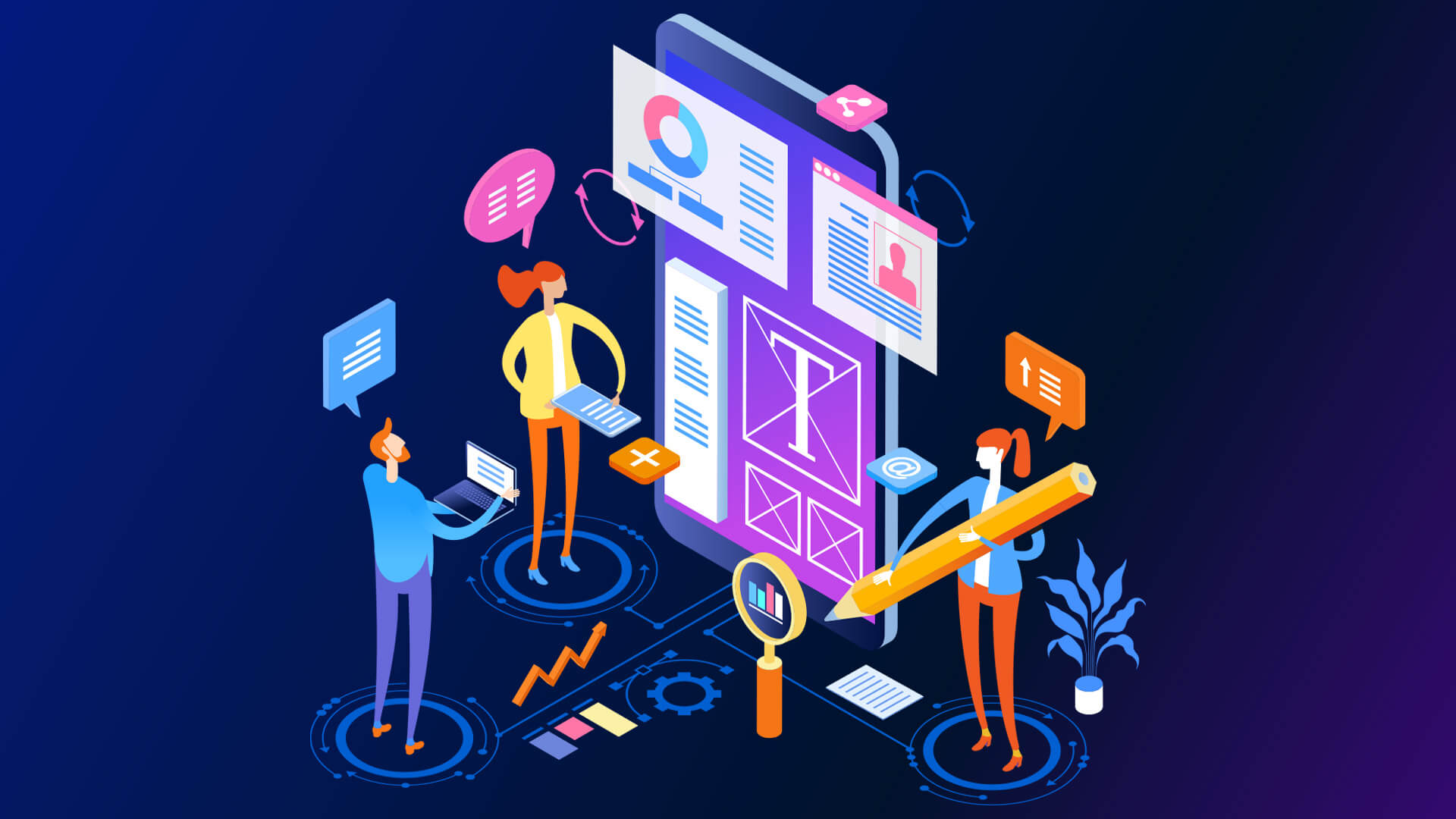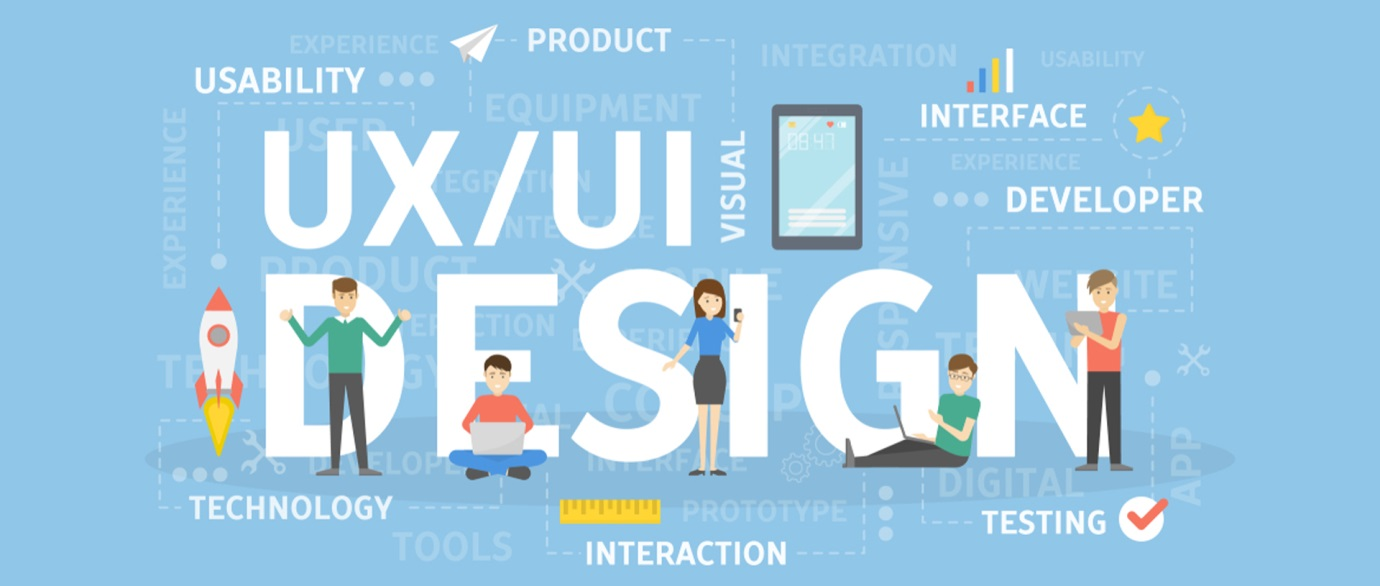According to the research, approximately 2.77 billion people shop online worldwide. This number indicates that a significant portion of the population is following the trend.
With global online sales expected to cross $8 trillion by 2026, businesses cannot afford to delay building a robust e-commerce website. Whether you're launching a startup or running a brand, a powerful ecommerce platform is essential for driving business growth. It’s time to walk you through a comprehensive guide about ecommerce website development in 2025.
1. Understanding Ecommerce Website Development
Ecommerce website development is the process of creating and releasing a web store in which you can see products or services over the Internet. It encompasses UI/UX design, catalog or product setup, payment gateway, shopping cart, security aspects, mobile responsiveness, and back-end.
2. Key Steps in Ecommerce Website Development
That is the 2025 step-by-step process to develop your online shop development site:
Step 1: Define Your Business Model
- B2C: Selling directly to consumers (e.g., fashion brands, electronics).
- B2B: Marketing to other companies (e.g., wholesale distribution).
- C2C: Selling peer to peer (e.g., marketplaces such as eBay).
- D2C: It is direct-to-consumer selling; no intermediaries are involved.
Articulate your model to inform the design of the user flow and features.
Step 2: Choose Your Ecommerce Platform
The list of ecommerce platforms in 2025 will include:
- Shopify (Plus) – The best fit for small to medium-sized companies.
- Magento (Adobe Commerce) – Open source, but strong and customizable type.
- WooCommerce – Perfect for use by WordPress users whose technical needs are low.
- BigCommerce – This is suitable in terms of API-based solutions and scalability.
- Headless Ecommerce (Strapi + React, etc.) – Large brands with a particular frontend/backend requirement.
Factors to consider:
- Budget
- Scalability
- Ease of use
- Customization
- SEO capabilities
Step 3: Secure a Domain Name & Hosting
Choose a catchy domain name that is in tune with your brand. The hosting plans are different based on your platform:
- Managed hosting is available in Shopify & BigCommerce.
- WooCommerce and Magento will involve a different host company, such as SiteGround, Bluehost, or AWS.
Step 4: UI/UX Design
Design must be mobile-first, with low loading speed and a user-oriented approach.
- Apply current designs and high-quality images.
- Ensure there is consistent branding and more straightforward navigation.
- Follow accessibility best practice (ADA compliant).
Important UX components:
- Predictive search bar
- Filter and sort options
- Sticky cart
- Live chat integration
- Fast checkout experience
Step 5: Develop Core Ecommerce Features
Some must-have e-commerce web development functionalities in 2025:
- Product Catalog Management: Varian (size, color) Stocks in stock.
- Advanced Search: Filters of AI-primed filtration, auto-suggestions.
- Cart & Checkout Flow: Multi-Currency, 1-click checkout.
- Payment Gateway Integration: Stripe, PayPal, Razorpay, Apple Pay, Google Pay, etc.
- Shipping & Delivery: Real-time tracking, with modules available for DHL, FedEx, etc.
- Customer Dashboard: Order history, returns, saved preferences.
- Admin Panel: The Back end allows for easy product uploads and order management.
Step 6: Optimize for SEO
The SEO best practices when using ecommerce website design development in 2025:
- Clean, indexable URLs
- Structured data markup for products
- Image alt-text and compression
- Fast mobile performance (Core Web Vitals)
- Blog content to drive organic traffic
Use tools such as Yoast (WooCommerce) or utilize the features provided by Shopify and Magento.
3. Top Ecommerce Trends in 2025 to Embrace
To keep the design e commerce website on top, it is worth implementing such trends:
1. AI Personalization
AI is powering individualized product recommendations, dynamic pricing, and individualized email flows. Tools like Klaviyo and Rebuy.ai integrate with well-known platforms.
2. Voice Commerce
As it turns out, voice search (long-tail queries, FAQs) is a strategic choice to optimize your ecommerce store, given the growing popularity of voice-enabled smart speakers and mobile assistants.
3. Augmented Reality (AR)
In some ways, especially in the world of digital technology, which is full of fashion and home decor, AR allows users to try out virtual purchases. In 2025, Shopify AR and custom AR integration are booming.
4. Social Commerce Integration
The most important sales channels are Instagram Shop, TikTok Shopping, and Facebook Marketplace. Inventory sync and orders through APIs or apps.
4. Mobile Commerce (M-Commerce) Focus
Over 70% of online purchases occur via mobile in 2025. Your ecommerce site must be:
- Fully responsive
- Fast (under 3 seconds load time)
- Easy to navigate on small screens
- Integrated with mobile wallets
- Optimized for mobile SEO
A Progressive Web App (PWA) offers an app-like experience; consider building one.
5. Testing & Launch
Conduct a lot of testing after create a website ecommerce:
- Functional Testing: Cart, forms, login, filters
- Browser & Device Testing: Chrome, Safari, iOS, Android, etc.
- Payment Testing: Payment Gateways payment testing
- Speed Testing: Use Google PageSpeed Insights and GTmetrix
- Security Audit: Penetration testing and SSL check
Test it once and launch initially with a gentler launch, closely observing main metrics.
6. Post-Launch Essentials
Analytics & Tracking
Install tools like:
- Google Analytics 4 (GA4)
- Hotjar or Microsoft Clarity (for heatmaps)
- Facebook Pixel & Conversion API
- Ecommerce-specific dashboards (Shopify, BigCommerce)
Marketing Integrations
- Email marketing (Klaviyo, Mailchimp)
- SMS campaigns
- Abandoned cart recovery
- Loyalty programs (Smile.io, Yotpo)
Final Thoughts
The creation of a successful ecommerce Website Development in 2025 requires proper planning, suitable tools, and a focus on the customers. Embracing the latest trends, focusing on performance and usability, and aligning a site with your brand ethos. It can help you design a high-converting ecommerce platform that supports long-term growth, which is the engine of growth. The future of e-commerce is innovation, personalization, and a smooth customer experience. It is time to get building; the online market is calling.










